This article was co-authored by Chris M. Matsko, MD. Dr. Chris M. Matsko is a retired physician based in Pittsburgh, Pennsylvania. With over 25 years of medical research experience, Dr. Matsko was awarded the Pittsburgh Cornell University Leadership Award for Excellence. He holds a BS in Nutritional Science from Cornell University and an MD from the Temple University School of Medicine in 2007. Dr. Matsko earned a Research Writing Certification from the American Medical Writers Association (AMWA) in 2016 and a Medical Writing & Editing Certification from the University of Chicago in 2017.
There are 12 references cited in this article, which can be found at the bottom of the page.
This article has been viewed 77,265 times.
Our eyelids are thin folds of skin, muscle and fibrous tissue that protect and limit the light that passes through our eyes. Common types of cyst or lump in the eyelid include styes, a chalazia, and dermoids. These eye problems are rarely serious; however they may cause pain, itching, swelling and redness. It's important to recognize eye cysts so you can deal with them appropriately, and to know when you need professional help.
Steps
Recognizing Symptoms of Different Kinds of Cysts
-
1Look for symptoms of a stye (sty). A stye occurs as a result of an infection of oil glands in the eyelid caused by the staphylococcus bacteria.[1] Most eyelid cysts are styes. A stye:[2]
- Usually forms on the outside of the eyelid, sometimes on the inside.
- Looks like a boil or pimple.
- May show a whitish, round, raised pus point on the inner side of the swelling.
- Can cause tearing.
- Can cause pain and swelling of the entire eyelid.
-
2Look for symptoms of chalazion. A chalazion (Greek for “hail stone”) is a type of cyst that occurs when an oil gland at the edge of the eye becomes blocked.[3] A chalazion grows in size. It may start off very small and hard to see, but then grow to the size of a pea.[4]
- A chalazion may cause some redness and tenderness at first, but as it grows it will become painless.
- Usually, a chalazion forms on the inside of the upper eyelid, but you may notice swelling on the outside of the eyelid, or on your lower eyelid.
- A chalazion may also cause tearing or blurred vision if it presses against the eyeball.
- Persistent or recurrent chalazion has to be checked to make sure it is not malignant.
Advertisement -
3Determine if you have a dermoid cyst.[5]
- Non-cancerous growths called dermoids can grow all over the body, including the eyelids. Dermoid cysts are themselves benign, but in some cases they can lead to loss of vision, or rupture, causing inflammation. For this reason, your doctor may recommend removing the dermoid.
- An orbital dermoid looks like a smooth, firm egg-shaped mass found near the bone of the eye socket.
- A posterior epibulbar dermoid (also known as a dermolipoma) is usually found under the upper eyelid where it meets the eye. It is soft and yellow, and can form to the shape of the eye. There may be some hair sticking out of the mass.
- A limbal dermoid is a small spot or mass found not on the eyelid, but on the surface of the eye, usually on the cornea (around the iris), or at the border of the cornea and sclera (white of the eye). These are removed in many cases, since they may cause vision problems.
Treating Eyelid Cysts
-
1Leave the stye alone. Styes usually go away on their own within a few days. In most cases, you can just treat the symptoms and leave the stye alone to heal.[6]
- Don’t try to pop or squeeze the stye, as this can worsen the infection.[7]
- Use mild soap and water to clean your eyelid.
- Avoid wearing eye makeup until the stye has cleared.
- Avoid wearing contact lenses until the stye has cleared, if possible.
- You can apply a warm, wet washcloth to your eyelid for 5-10 min several times a day to clean the stye and relieve some of the discomfort.
- Contact your doctor if it doesn’t start to improve within 48, or if the redness, swelling, or pain extends to other parts of your face.
-
2Take antibiotics for a stye that won’t go away.[8] If your stye does not go away on its own within a week (or if the pain worsens or spreads to the eye itself), contact your doctor.She may suggest using antibiotics to treat it. Usually, these are ointments rather than oral antibiotics. Some treatments require a prescription, while others are available over-the-counter.[9]
- Use the antibiotics exactly as your doctor prescribes, and for as long as you are told to (even if the stye seems to improve or go away).
-
3Have surgery, in rare cases. If your stye does not improve by other methods, your doctor can cut it open to drain the pus.[10] This can make the stye heal faster, and relieves some of the pressure and pain.
- Never attempt to drain a stye on your own, as serious injury or complications can result.
-
4Use a compress to treat a chalazion. Usually, a chalazion will go away on its own.[11] You can apply a warm, wet washcloth to your eyelid for five to 10 min four times a day to clean it and relieve some of the discomfort caused by the chalazion.[12]
- Softly massaging the area affected by the chalazion for a few minutes each day may also help make it go away. You should not squeeze or pop a chalazion.
-
5Contact your doctor if a chalazion does not drain and heal on its own within a month. A chalazion that does not heal on its own can be removed with a minor surgery.[13] A small incision is made at the site of the chalazion (usually the underside of the eyelid), and the inflamed tissue is removed. The incision is then stitched back with dissolvable sutures.
-
6Ask your doctor about how to treat a dermoid. Some dermoids may cause no discomfort or vision problems, while others will need to be surgically removed. Your doctor can examine a dermoid and recommend the best course of action.[14]
- Be sure to describe your symptoms fully to your doctor, including any pain or vision problems you may be experiencing.
Understanding Risk Factors
-
1Understand that chronic conditions can lead to styes. The risk of developing a stye is higher in patients with underlying conditions such as blepharitis and rosacea.[15] These conditions cause inflammation, which may be connected to the formation of styes.
-
2Know the risk factors association with chalazia. A chalazion is not an infection, unlike a stye. However, a chalazion may develop as an after-effect of a stye. The risk of developing a chalazion is also higher in patients with underlying conditions such as:[16]
- Blepharitis
- Rosacea
- Seborrhea
- Tuberculosis
- Viral infections
-
3Practice good eyelid hygiene. Styes usually result from an infection by staphylococcal bacteria, which is usually found on our skin. As a result, all of the following increase your risk of getting a sty:[17]
- Touching your eye with unwashed hands
- Using dirty contact lenses or inserting them with unwashed hands
- Leaving eye makeup on overnight
- Using old or shared makeup (mascara, liquid eyeliner, and eyeshadow should be thrown out within three months of first using them)[18]
Expert Q&A
-
QuestionI have redness and pus on the inside of my eyelid. Is it a stye? I had that few month ago it didn't completely clear, and now it seems to be back. Should I see a doctor?
 Chris M. Matsko, MDDr. Chris M. Matsko is a retired physician based in Pittsburgh, Pennsylvania. With over 25 years of medical research experience, Dr. Matsko was awarded the Pittsburgh Cornell University Leadership Award for Excellence. He holds a BS in Nutritional Science from Cornell University and an MD from the Temple University School of Medicine in 2007. Dr. Matsko earned a Research Writing Certification from the American Medical Writers Association (AMWA) in 2016 and a Medical Writing & Editing Certification from the University of Chicago in 2017.
Chris M. Matsko, MDDr. Chris M. Matsko is a retired physician based in Pittsburgh, Pennsylvania. With over 25 years of medical research experience, Dr. Matsko was awarded the Pittsburgh Cornell University Leadership Award for Excellence. He holds a BS in Nutritional Science from Cornell University and an MD from the Temple University School of Medicine in 2007. Dr. Matsko earned a Research Writing Certification from the American Medical Writers Association (AMWA) in 2016 and a Medical Writing & Editing Certification from the University of Chicago in 2017.
Family Medicine Physician Yes, you should see a doctor so they can prescribe you an antibiotic for the infection of your eyelid.
Yes, you should see a doctor so they can prescribe you an antibiotic for the infection of your eyelid. -
QuestionCan I wear mascara on the tip of my eyelashes to at least get some volume?
 Chris M. Matsko, MDDr. Chris M. Matsko is a retired physician based in Pittsburgh, Pennsylvania. With over 25 years of medical research experience, Dr. Matsko was awarded the Pittsburgh Cornell University Leadership Award for Excellence. He holds a BS in Nutritional Science from Cornell University and an MD from the Temple University School of Medicine in 2007. Dr. Matsko earned a Research Writing Certification from the American Medical Writers Association (AMWA) in 2016 and a Medical Writing & Editing Certification from the University of Chicago in 2017.
Chris M. Matsko, MDDr. Chris M. Matsko is a retired physician based in Pittsburgh, Pennsylvania. With over 25 years of medical research experience, Dr. Matsko was awarded the Pittsburgh Cornell University Leadership Award for Excellence. He holds a BS in Nutritional Science from Cornell University and an MD from the Temple University School of Medicine in 2007. Dr. Matsko earned a Research Writing Certification from the American Medical Writers Association (AMWA) in 2016 and a Medical Writing & Editing Certification from the University of Chicago in 2017.
Family Medicine Physician No, I would avoid all cosmetic products if there is a cyst on the eyelid.
No, I would avoid all cosmetic products if there is a cyst on the eyelid.
Warnings
- If you have a cyst or eye problem that does not seem to match the symptoms of a stye, chalazia, or dermoid, or the problem seems to persist or get worse, contact your doctor for assistance.⧼thumbs_response⧽
References
- ↑ http://www.mayoclinic.org/diseases-conditions/sty/basics/symptoms/con-20022698
- ↑ http://www.aoa.org/patients-and-public/eye-and-vision-problems/glossary-of-eye-and-vision-conditions/chalazion?sso=y
- ↑ http://www.mayoclinic.org/diseases-conditions/sty/basics/symptoms/con-20022698
- ↑ http://www.aoa.org/patients-and-public/eye-and-vision-problems/glossary-of-eye-and-vision-conditions/chalazion?sso=y
- ↑ https://aapos.org/glossary/dermoid-cyst
- ↑ https://my.clevelandclinic.org/health/diseases/17658-stye
- ↑ https://my.clevelandclinic.org/health/diseases/17658-stye
- ↑ https://www.ncbi.nlm.nih.gov/books/NBK459349/
- ↑ https://www.aoa.org/healthy-eyes/eye-and-vision-conditions/hordeolum?sso=y
- ↑ https://www.aao.org/eye-health/diseases/what-are-chalazia-styes
- ↑ http://www.mayoclinic.org/diseases-conditions/sty/basics/symptoms/con-20022698
- ↑ http://www.aoa.org/patients-and-public/eye-and-vision-problems/glossary-of-eye-and-vision-conditions/chalazion?sso=y
- ↑ https://my.clevelandclinic.org/health/diseases/17657-chalazion
- ↑ https://aapos.org/glossary/dermoid-cyst
- ↑ https://www.nhs.uk/conditions/stye/
- ↑ http://www.aoa.org/patients-and-public/eye-and-vision-problems/glossary-of-eye-and-vision-conditions/chalazion?sso=y
- ↑ https://my.clevelandclinic.org/health/diseases/17658-stye
- ↑ http://kidshealth.org/parent/infections/eye/stye.html#
About This Article
If you think you have an eyelid cyst, check for symptoms like pain, swelling, or a reddish stye near your eye, so you can identify what type of cyst it is. A chalazion cyst will be about the size of a pea and can be treated by applying a warm, wet washcloth to the eyelid for 5 to 10 minutes. Alternatively, a dermoid cyst will look like an egg-shaped mass near your eye socket and could require surgical removal. Although most styes heal on their own, consult your doctor if you still have a chalazion after a month or if your vision is impacted. For more advice from our Medical co-author, like how to prevent eyelid cysts, scroll down.
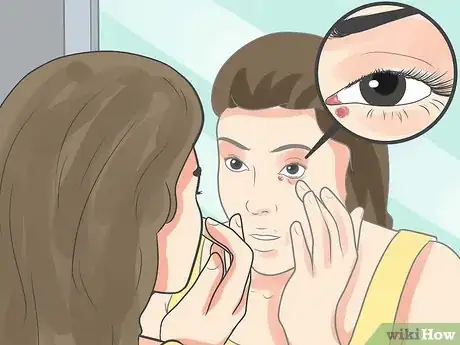
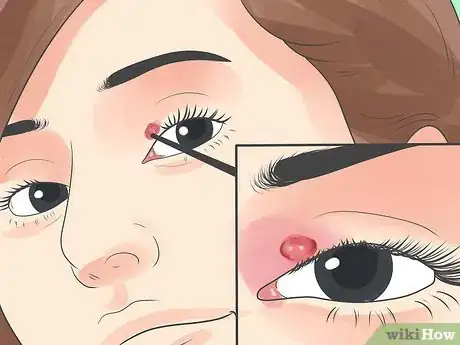
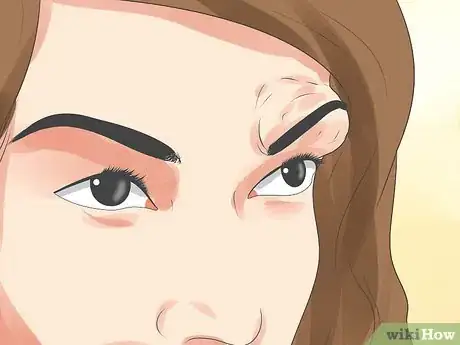
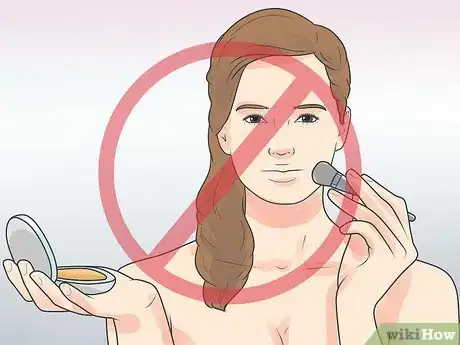
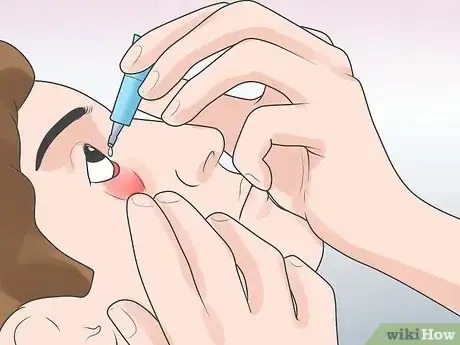
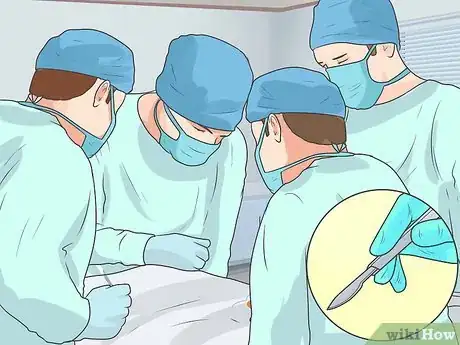
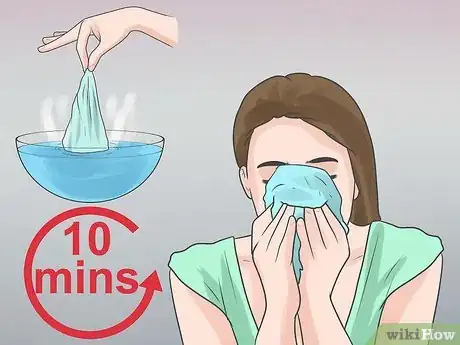


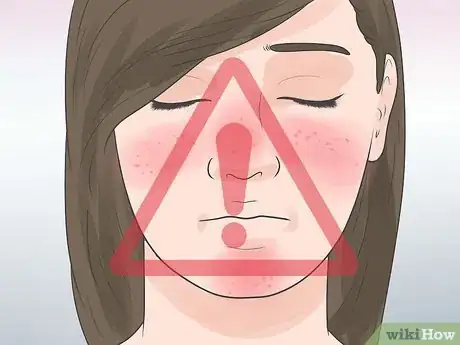
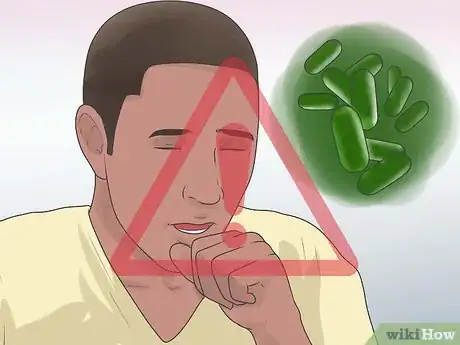
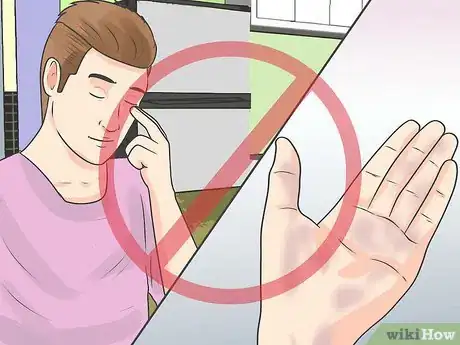

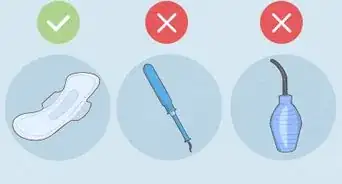


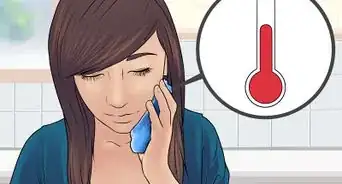


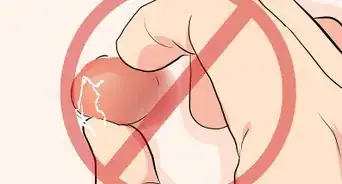
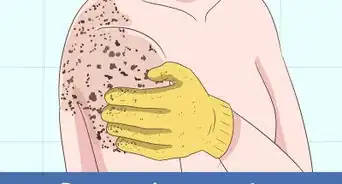


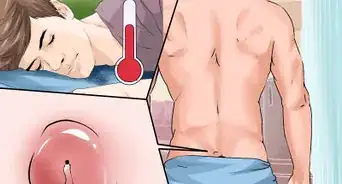
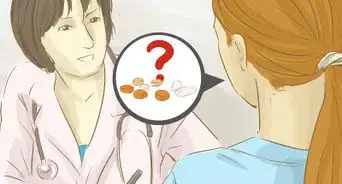
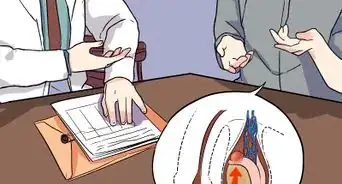








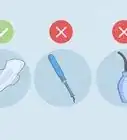

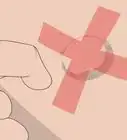




































Medical Disclaimer
The content of this article is not intended to be a substitute for professional medical advice, examination, diagnosis, or treatment. You should always contact your doctor or other qualified healthcare professional before starting, changing, or stopping any kind of health treatment.
Read More...